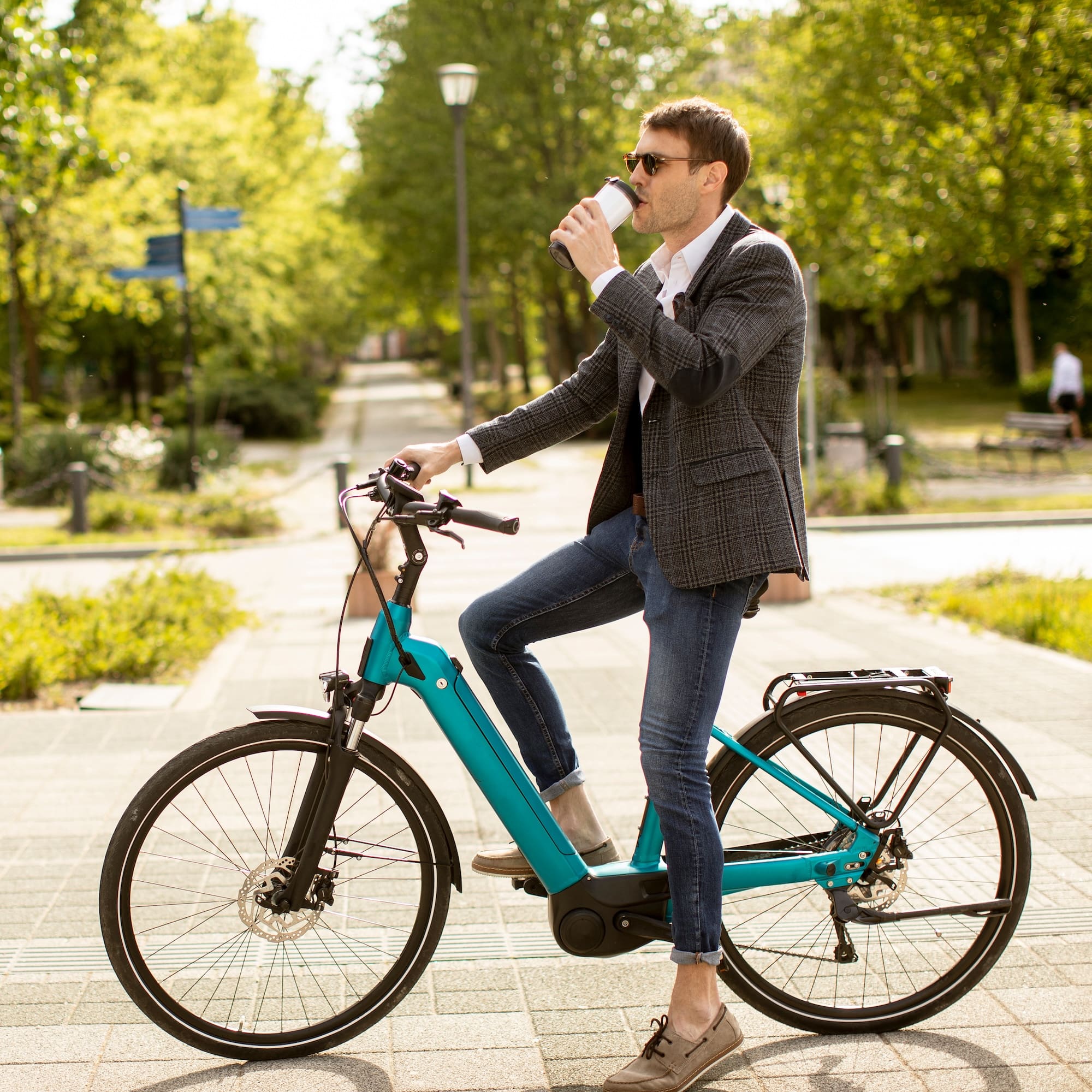We recently posted about National Commuter Week. Just as with so much of what we do at work, the advent of new technology is changing commuting – and companies need to stay current to appeal to job seekers.
As cities grow more congested and sustainability matters more than ever, micromobility options (eScooters, shared bikes, etc.) are becoming an expectation for employees. It’s not just about fun rides; it’s about smarter, cleaner and healthier commutes. With businesses looking for ways to make returning to work more compelling, introducing micromobility into employee benefits can significantly enhance satisfaction, productivity and your ESG profile.
What is micromobility?
Micromobility encompasses lightweight, often electric, vehicles designed for short trips in urban areas. Perfect for bridging the “last mile,” these options offer a flexible end-to-end commute.

- E-scooters – Not only have these largely replaced regular bikes for the kids in my suburban neighborhood, e-scooters are also the most popular form of micromobility device worldwide. These can travel anywhere from 18-28 mph and be used on sidewalks or in bicycle lanes. The most significant advantage to e-scooters is that a user can use mobile apps to find one close by to pick up, and it can be left at the user’s end destination for the next rider to find.
- E-bikes – Electric bicycles look like traditional bicycles, but include an engine to reduce the physical toll. Pedal assistace features make e-bikes unique and popular, particularly for hilly terrains or during longer commutes. Some e-bikes can also operate on an electric mode to power the bike without any pedaling at all. Like the e-scooter, the maximum speed of the e-bike is around 18–28 mph. There are two basic models for distribution: The first is similar to the e-scooter and allows the rider to leave the bike anywhere when they are done; the other has a docking system that requires riders to return the bike at a designated station.
- Other – Other types of micromobility devices include e-skateboards and mini e-cars. Both are more popular in Europe than in the U.S., popping up in some of the most sustainable cities in the world.
The benefits for companies & employees
1. Increased sustainability & reduced traffic
 While walking is always best for the environment, research from North Carolina State University shows that e-scooter batteries can cut greenhouse gas emissions by half when compared to more traditional rides. Better yet, city traffic eases too – shorter rides means less congestion overall.
While walking is always best for the environment, research from North Carolina State University shows that e-scooter batteries can cut greenhouse gas emissions by half when compared to more traditional rides. Better yet, city traffic eases too – shorter rides means less congestion overall.
2. Financial savings
Commuters who use micromobility may save on parking for their car or on an Uber ride, but many can also use the money they already have set aside in their commuter benefits to offset the cost.
3. Improved mental wellbeing
 Swap the rush-hour stress for fresh-air rides. Riding an e-bike or scooter may seem passive, but standing and balancing is more active than sitting. Ask standing desk users! Finding ways to bring your commute outdoors can making mornings (and evenings!) more pleasant and revive you after a busy day.
Swap the rush-hour stress for fresh-air rides. Riding an e-bike or scooter may seem passive, but standing and balancing is more active than sitting. Ask standing desk users! Finding ways to bring your commute outdoors can making mornings (and evenings!) more pleasant and revive you after a busy day.
4. More flexible benefits
Benefits that stay up to date on trends are more likely to appeal to younger employees. Offering micromobility can differentiate your company in a competitive job market.
Micromobility is more than a trend – it’s a way to show you are staying in touch with the times and employee needs. By supporting e-scooters, e-bikes, and bike-share solutions, companies can foster a culture of sustainability, wellbeing and engagement while also delivering cost savings.
Learn more about how Reward Gateway | Edenred can help you transform your organization’s benefits package and make your corner of the world a better place to work!

 (1).jpeg) Alexandra Powell
Alexandra Powell

